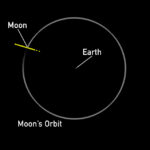NASA announced on Wednesday that it has granted The Boeing Company an award for the agency’s Sustainable Flight Demonstrator project, which aims to pave the way for a new generation of eco-friendly single-aisle airliners. Under a Funded Space Act Agreement, Boeing will collaborate with NASA to construct, test, and fly a full-scale demonstrator aircraft, and to validate technologies that aim to lower emissions. Over the course of seven years, NASA will invest $425 million, while the company and its partners will contribute the remaining amount of funding, estimated at around $725 million. As part of the agreement, NASA will also provide technical expertise and access to facilities.
NASA Administrator Bill Nelson stated, “Since the beginning, NASA has been with you when you fly. NASA has dared to go farther, faster, higher. And in doing so, NASA has made aviation more sustainable and dependable. It is in our DNA.” He added, “It’s our goal that NASA’s partnership with Boeing to produce and test a full-scale demonstrator will help lead to future commercial airliners that are more fuel efficient, with benefits to the environment, the commercial aviation industry, and to passengers worldwide. If we are successful, we may see these technologies in planes that the public takes to the skies in the 2030s.”
Single-aisle aircraft are the backbone of many airline fleets and, due to their heavy usage, they account for almost half of worldwide aviation emissions. NASA plans to complete testing for the project by the late 2020s, so that technologies and designs demonstrated by the project can inform industry decisions about the next generation of single-aisle aircraft that could enter into service in the 2030s.
Boeing and its industry partners will collaborate with NASA on the Sustainable Flight Demonstrator project, which aims to develop and flight-test a full-scale prototype aircraft known as the Transonic Truss-Braced Wing. This concept features extra-long, thin wings that are stabilized by diagonal struts, which results in a shape that creates less drag and is more fuel-efficient than traditional airliners.
According to Bob Pearce, NASA associate administrator for the Aeronautics Research Mission Directorate, “NASA is working toward an ambitious goal of developing game-changing technologies to reduce aviation energy use and emissions over the coming decades toward an aviation community goal of net-zero carbon emissions by 2050. The Transonic Truss-Braced Wing is the kind of transformative concept and investment we will need to meet those challenges and, critically, the technologies demonstrated in this project have a clear and viable path to informing the next generation of single-aisle aircraft, benefiting everyone that uses the air transportation system.”
NASA hopes that the technologies flown on the demonstrator aircraft, when combined with other advancements in propulsion systems, materials, and systems architecture, will result in fuel consumption and emissions reductions of up to 30% relative to today’s most efficient single-aisle aircraft, depending on the mission. NASA has also worked with Boeing and other industry partners on other advanced sustainable aviation concepts, including the Transonic Truss-Braced Wing concept.
“We are honored to continue our partnership with NASA and to demonstrate technology that significantly improves aerodynamic efficiency resulting in substantially lower fuel burn and emissions,” said Todd Citron, Boeing’s chief technology officer. “Boeing has been advancing a multipronged sustainability strategy, including fleet renewal, operational efficiency, renewable energy, and advanced technologies to support the U.S. Aviation Climate Action Plan and meet the industry objective of net zero carbon emissions by 2050. The Sustainable Flight Demonstrator builds on more than a decade of NASA, Boeing, and our industry partners’ investments to help achieve these objectives.”
Under the new Funded Space Act agreement, NASA will be able to leverage private industry knowledge and experience, with Boeing and its partners providing a proposed technical plan. NASA will provide access to its aeronautics facilities and expertise, but will not be procuring any aircraft or other hardware for its missions. Instead, the agency will obtain access to certain ground and flight data that can be used to validate the airframe configuration and associated technologies.
The Sustainable Flight Demonstrator project will aid the United States in achieving net-zero carbon emissions from aviation by 2050, which is one of the environmental goals outlined in the White House’s U.S. Aviation Climate Action Plan. The International Civil Aviation Organization has also set a goal of net-zero carbon emissions by 2050.
The project is an activity under NASA’s Integrated Aviation Systems Program and a key component of the Sustainable Flight National Partnership, which focuses on developing new sustainable aviation technologies.
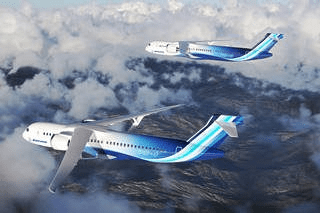



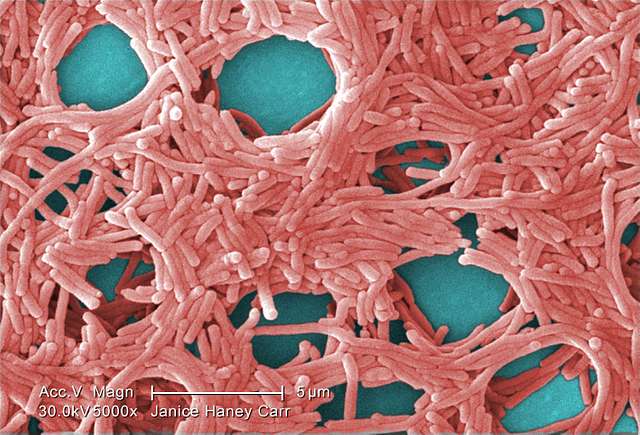

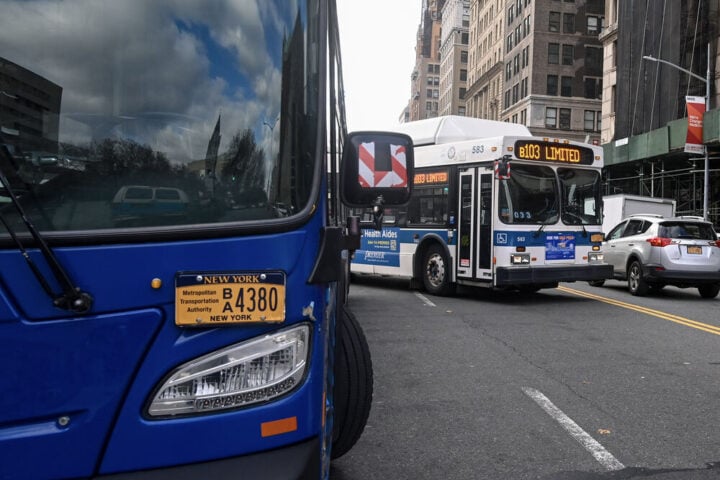

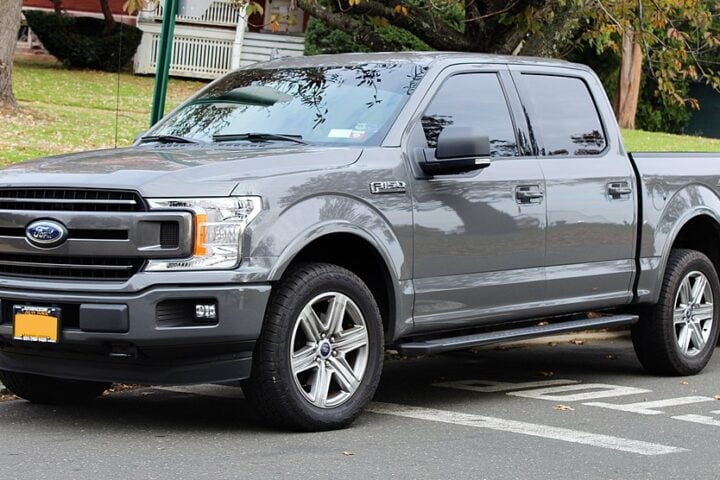







![Google satellite view of 1112 Stanley road in Augusta [Google Earth]](https://www.karmactive.com/wp-content/uploads/2025/04/Augusta-National-Spent-200M-on-270-Acres-but-One-338000-Home-Still-Stands-on-Stanley-Road-720x360.png)
